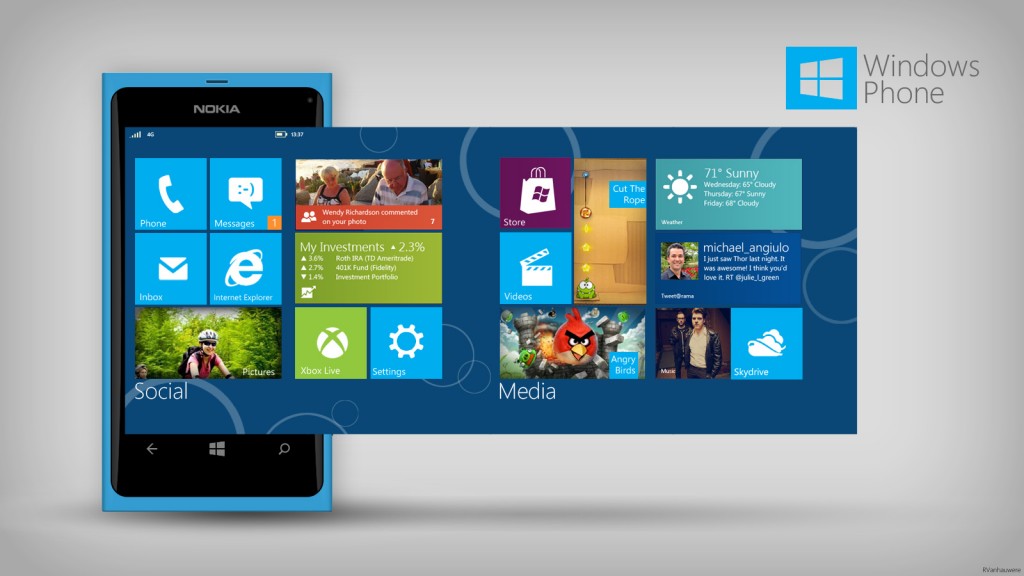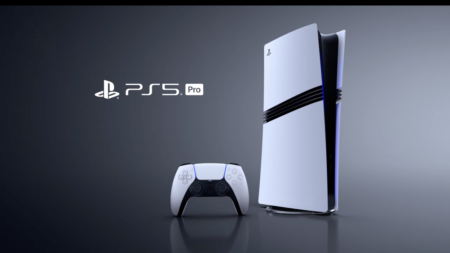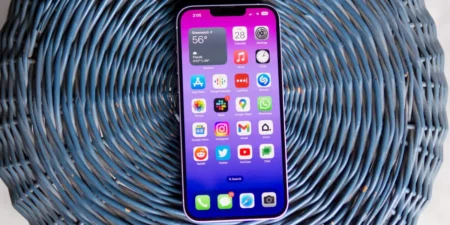Microsoft has been trying hard lately to push for Windows Phone to gain market share. With the lack of sales of the Surface tablet, as well as Nokia’s flagship Lumia series phones that host Windows OS, Microsoft isn’t doing well right now. Nokia has been trying hard to attract customers, even going so far as to releasing their Nokia 1020 with an impressive 41-megapixel camera, but even that still is not enough to ‘wow’ customers. What’s the real problem here? Windows.
One of the most important things that many users look for in an OS platform is apps availability. Take the App store for Apple, for example. There are over 900,000 apps just for the iPhone/iPod, while there are over 250,000 apps specifically designed for the iPad. Now, just sheer numbers don’t mean anything unless many useful apps that you use on a daily basis are not available on the platform. Take Instagram for example. The app was first available only exclusively on the iPhone for the longest time, then was made available for Android and bought by Facebook. Instagram has become one of the most widely used apps on both Android and iOS. However, Windows Phone does not have this app.
App selection is one of the biggest problems for Windows Phone. While Nokia offering free music streaming service to its customers is nice, that small promotion alone is not nearly enough. Microsoft has been trying very hard to get developers to take interest in developing for Windows Phone, but it simply is not happening so far.
Nokia on the other hand deserves a lot of credit for staying with Windows platform and not giving up. The company recently had a 78% increase in shipments, which have grown from 4.9 million in the second quarter of 2012 to 8.7 million in 2013. That is quite impressive and very nice aggressive advertising. The partnership between Nokia and Microsoft shows hope for both companies. While Windows has been slow to start, BlackBerry has been going through much worse things. Their shipments shrunk from 7.7 million in Q2 2012 to 6.8 million in Q2 2013, a decline of 12%. So Microsoft isn’t in complete disaster, however, is slowly gaining traction while BlackBerry continues to lose market share.
A list complied by Infragistics shows us the top 100 apps that are currently trending. In the list, you will notice that while there are many apps available on both iOS and Android, quite a few still lack support for the Windows Phone platform.
With Microsoft working hard to gain market share, do you think they will be successful?





